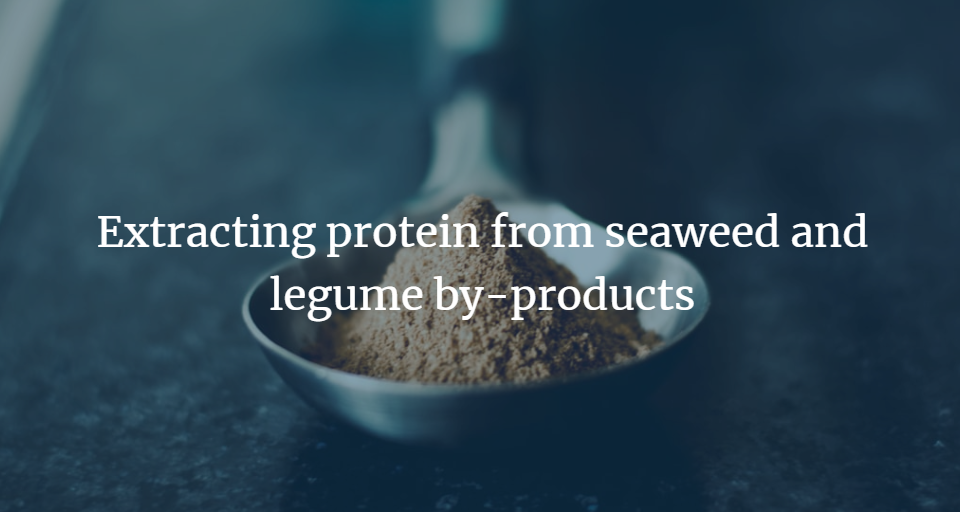
Legume characterization tests and bioactivity tests
March 23, 2023
Seaweed collection, characterization, protein extraction
April 26, 2023Every year, since 1970, the Earth Day has been celebrated during the 22nd of April. The reason to establish this world day was the need to protect our planet. Pollution, biodiversity conservation, plastic litter, ocean levels raising and their acidification or desertification were some of the main motives to start commemorating this day. Then and now, the need to take care of the Earth from many perspectives is still the same, or even bigger.
Today, climate change is also causing natural disasters, which endanger all living beings’ health and homes due to human action. The United Nations transformed this date’s name into Mother Earth’s Day in 2009 and this is the second time it’s been celebrated within the context of the UN Decade on Ecosystem Restoration.
As ecosystems are key for all living beings, because they support life on Earth, it is vital to keep them healthy and to take great care of them. According to the United Nations, “Restoring our damaged ecosystems will help to end poverty, combat climate change and prevent mass extinction. But we will only succeed if everyone plays a part.”
After the IPCC last report on climate change, it’s clear that only a common effort will help the Earth to stay healthy, and therefore, its inhabitants as well. “For this International Mother Earth Day, let’s remind ourselves – more than ever – that we need a shift to a more sustainable economy that works for both people and the planet”, claims the UN for this year’s Earth Day.

At ALEHOOP we are contributing to the Earth’s health by using natural by-products from underused feedstock to develop final products which will be beneficial for human and animal health, sustainable, circular. Also, they will create new value chains on the food production sector, which can create new jobs. And finally, by contributing to the alternative proteins market, ALEHOOP aims at lowering Europe’s carbon footprint by decreasing importation of protein rich feedstock, like soy, making the continent less dependent on foreign raw materials for both food and feed products, as well as meeting market demands for healthy, nutritious plant-based products.
Do you want to learn more? Don’t forget to follow us on Twitter and LinkedIn.



